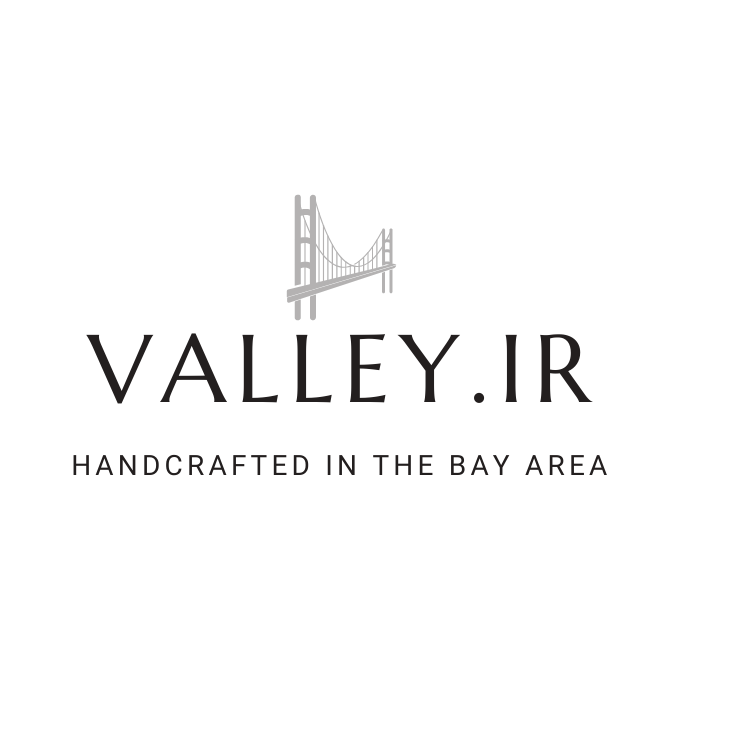Rubi Laboratories is a women-owned startup, started by twin sisters Neeka and Leila Mashouf, and here are some of the questions we would have asked them if their comms team had responded to us. Yeah, so technically, this is a Q&A that didn’t happen!
How is the Walmart pilot going?
Walmart could use the good karma. But at this point, it’s probably mostly positive PR, and one of the several ways in which the retail giant plans to cut its carbon emissions.
While turning Co2 to environment-friendly fabrics makes for great headlines, and most interviewers/press talk to Rubi like all the innovation is already underway and the terrible outcomes from fast fashion have been finally resolved, the crucial detail, if anybody paid attention, and as the founders have explained, is that Rubi is still working and testing their technology in a lab.
Most recent news (August 2023) reveals that the start-up is going to capture carbon from a Walmart manufacturing unit and turn it into fabric. And this will be done at a very, very small scale. From a Walmart press release, “The brand pilot will test Rubi’s fiber performance in a prototype garment, with a goal of producing garment samples. If successful, a larger apparel collection could follow and be available in our stores.”
So perhaps, the textile produced may be carbon negative, which means the Carbon emissions used to produce the fabric is less than the carbon captured, as Leila Mashouf explains succinctly here, but the scale of carbon captured and turned into fiber is not nearly enough to have any real impact on the fashion industry any time in the near future.
What to you is the most harmful part of traditional viscose production?
While Rubi didn’t respond to our queries, some other experts did. Among them, Paul Blanc, professor of medicine at University of California, San Francisco, and a veritable expert on the occupational hazards that make viscose and rayon production so harmful to factory workers. Dr.Blanc also happens to be the author of Fake Silk: The Lethal History of Viscose Rayon.
On Rubi, he had this to say, “The whole question is how they make the fiber from the created cellulose. Viscos indicates the use of carbon disulfide until proven otherwise. There’s the rub.”
Rubi’s process of creating viscose or viscose like material may be different and not involve scary chemicals that pollute the environment and harm factory workers. Which brings us to the next question, did Dr. Blanc advise you to not use ‘viscose’ anymore. Just kidding. The next question follows…
We’ve noticed you no longer use viscose on your website, are you able to explain to us why?
We understand “cellulosic textiles” is perfectly acceptable.
In fact, that’s what viscose is. Speaking to B The Change, Dr. De Blanc explained the process of Viscose production “Bamboo or wood chips are soaked in carbon disulfide, and then the syrupy substance is pumped through a pipe and forced through a screen into a vat of sulfuric acid. The substance coagulates as it comes out and can be formed into thread.”
Bamboo or wood chips are the cellulose (insoluble fibre and main part of plant cells and vegetable fibre) part of the cellulosic textiles.
Rubi’s proprietary technology would mimic how plants produce oxygen by absorbing CO2 and building its cellular structure, as Neeka says in this interview. From the CO2 in thin air basically. “It’s pretty incredible, that’s how trees come to be,” she added. She went on to explain the process, we bubble in CO2 in a reactor system and in there we have little molecules that grab the CO2 which then turns into a “pulpy material… it’s called cellulose pulp”. That pulpy material is then pushed through an extruder and turned into yarn.
Rubi-created fabric would not be using wood chips or bamboo, so no trees cut in the process, and hopefully no chemicals either – but we wouldn’t know the specific details of their proprietary technology and can only guess that the little molecules (that help the CO2 build up structure) they’re referring to may be microbial. As they say on their website, “we use the same biological machinery – enzymes – to capture CO2 and convert it to cellulose.”
As an industry veteran, Yitzac Goldestein, founder of Earth Protex, told us, “I believe in what Rubi is doing. CO2 as a carbon source to feed micro-organisms in order to create ‘microbial cellulose’. It has a great future.” Gold
And if you want to see what the process, after the carbon dioxide is mixed with the microbes, may look like, here’s a great video from HKRITA, Hong-Kong based textile research organization.
Of the 4.9-million-ton global viscose rayon market, more than 65 percent is produced in China. By 2021, the global output of viscose rayon is projected to be worth about $16 billion per year. The largest producer of bamboo? Also China, which exports more than a third of the world total.













